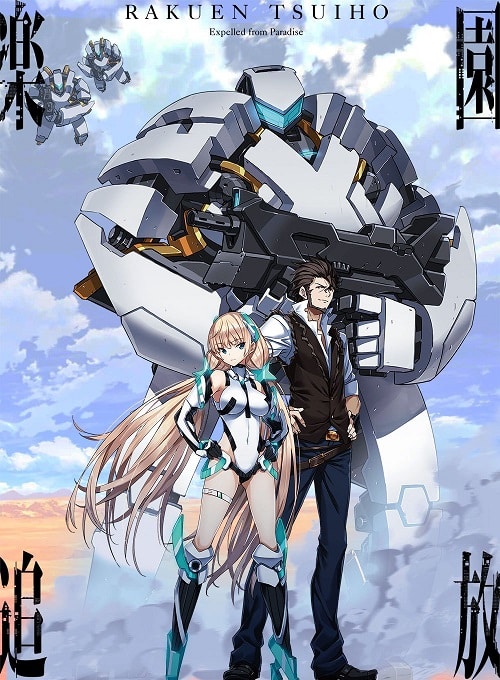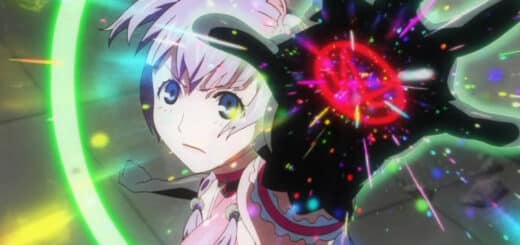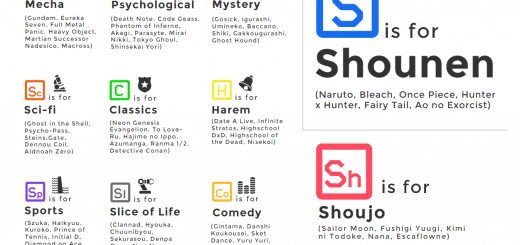2D vs 3D: Animation Production in a Changing Industry
Let’s start off with a question- What comes to mind when I say anime illustrator? Maybe it’s a bespectacled guy at the studio drawing board with his nose pressed up to the drawing, inspecting every last detail of the animation. Or perhaps a young girl filled with aspirations and hand drawn sketches. Or even maybe it’s somebody sitting at a computer with a Photoshop editor. In any of these examples, EVEN the last one, you probably had some image in your mind of 2D drawings in some shape or form. Because anime is 2D, right…?
Wrong!!!
In recent times, anime has drifted away from the use of traditional, hand-drawn animation, opting instead to incorporate more digital elements. In some cases, they have entirely transferred to using 3D animation. For the traditionalists out there, go blame Pixar.
But… what is 3D animation? Lets take a look.
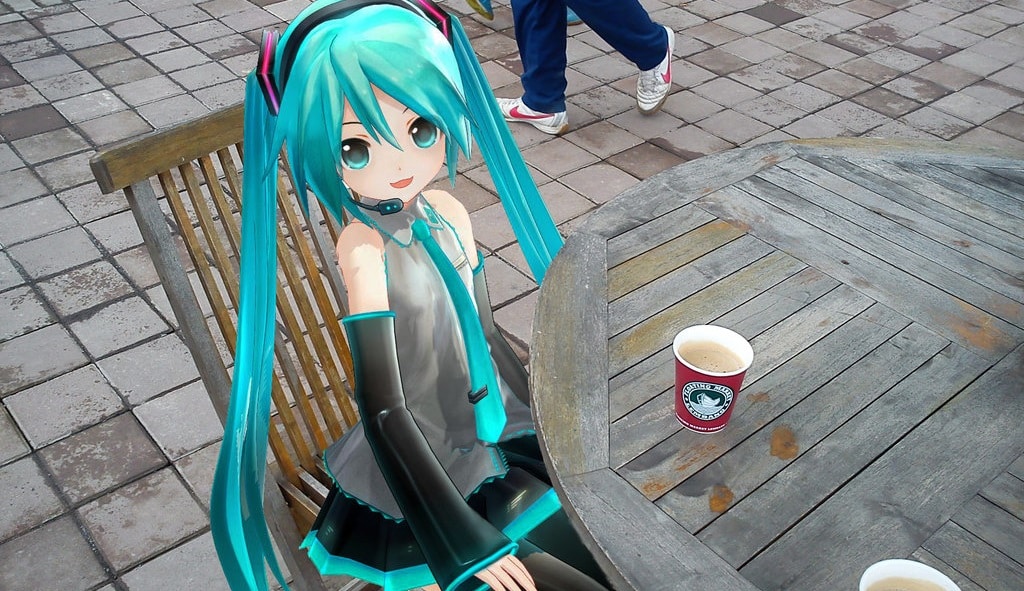
When Was 3D Animation Invented?
Like I said, it’s only been in recent history that 3D animation has become somewhat prevalent. In the 80’s, the so-called Golden Age of Anime, 2D animation was king – money was plentiful, which propelled 2D animation development in anime. But it turns out that computers are pretty efficient and in today’s world, that directly translates into lower costs $$$. Surprising, I know.
When the money crunch of the 90’s (why was there even a money crunch?!) hit, the cost effective nature of Computer Generated (CG) anime, sometimes called CGI animation, allowed many animation studios to not only survive but continue development of foreign markets. But as with all things that change, many have resisted the change from 2D to CG, citing the new trends in technology as having diminished animation as an art form. Like how movies kill books. Or like how visual novels kills social interaction? But I still go outside… occasionally (dattebayo~).
Origins of Anime Illustration
If we define anime as just any Japanese animation, then anime is pretty frickin’ old. The earliest known work of anime dates back to 1917 with a short, hand drawn clip called Namakura Gatana (The Blunt Sword). That’s 100 years old next year. That’s SOOOO OLD!
Now, we know that almost all new things that get created are tested by the government for “beneficial purposes”. It’s not surprising to find that one of the earliest uses of Animation was primarily for creating propaganda during WWII. It wasn’t till the 1960’s that they realized that moving pictures were really really entertaining as well. I mean it only took them 40 years, right?
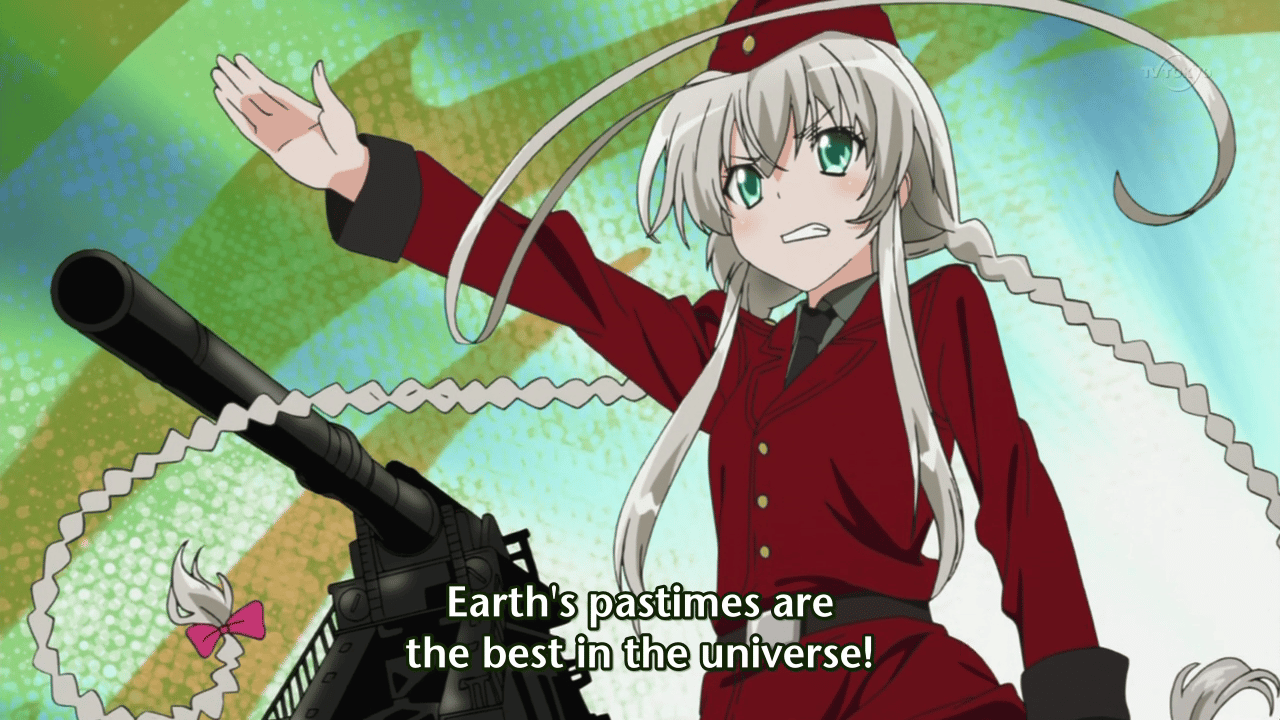
Cel Animation
Traditionally, anime had been produced by painting characters on celluloid and animating the characters over a pre-painted backdrop. This process, “cel animation”, is typically what is being referred to when people refer to 2D or traditional animation, rather than 3D animation which is called CGI. As the OG animation style, cel animation was the medium that many celebrated animation studios like Studio Ghibli of the famed Hayao Miyazaki had their claim to fame. Today, all cel animations are digital – the anime, Sazae-san, was the last hand-drawn cel animation anime before the switch. (It’s even older than Doraemon!!)
Traditional animation usually requires large teams to complete projects. And humans all need to be paid (you can thank laws for the lack of industry progress). Projects would also suffer from issues caused by stringent deadlines or separate artists working on the same scenes, making quality control subject to many factors such as individual talent, rushing, and management logistics. And this view is WITHOUT even trying to wonder what the office politics might’ve been like. Some animes would occasionally reference their own issues of production in the anime itself, like Gintama. Excel Saga, known for breaking the 4th wall, would frequently reference their small budget, tired animation staff, and poor quality as a self-referential gag. But really, that’s just part of the charm for Excel Saga.
3D Animation (CGI)
So looking at 3D animation, when was it actually invented? Unsurprisingly, the usage of CG animation solved most of the consistency issues. CG animation also reduced the number of artists needed, which resulted in …. you guessed it: lower costs. Animation studios, like anything in the world, could not defeat the sway of the economic forces at play. If you don’t know anything about economics, go watch Spice and Wolf.
3D Anime vs 2D Anime
Someone once taught me many moons ago,
Just cause it’s cheaper, doesn’t mean it’s better – Mom
I learned this first hand after some particularly bad experiences with McDonalds. 3D vs 2D anime has been an age-hold questions, and I’m sorry to say that the answer is: It depends.
As for CG animation, it may have its advantages, but it’s certainly not without an equivalent number drawbacks. One such argument against using CG animation is the aesthetic quality. To put it bluntly, sometimes CG animation looks absolutely TERRIBLE. However, it’s not the actual CG that looks terrible most of the time – rather, it’s the fact that it seems to be “out of place”. It’s like how you don’t think you look terrible until you’re in a room of supermodels. The jarring difference in aesthetic of poorly blended CG and the hand drawn animation can make individually alright looking things into one cheesy clown fiesta.
Too Much CG
Poor usage can occur for a multitude of reasons: Lack of cash, rushing deadlines, general stupidness. In the same vein, sometimes the 3D animation is too limited to deliver the same detail as hand drawn animation. Because, you know, technology just isn’t there yet. Or even worse, because the technology that could provide the same detail is too expensive for the animation studio to buy. This is particularly apparent in facial expressions and natural movements, which was the case for Rakuen Tsuiho.
Too Little CG
In some cases, it’s actually the reverse. The usage of CG in an anime can cause the loss of stylistic elements that are only appealing in 2D vs 3D by literally and figuratively adding too much dimension. Now if you’ve studied your anime history, you gotta know Astroboy. There’s nothing to explain as to why the simple designs of the characters’ shape, faces, and the hair are appealing. They just are. But in the 3D animated Astroboy reboot, there just is no charm. It just looks like a crappy 3D Disney TV show that plays at 11 a.m. on a weekday when the kids are already at school. Not exactly an “instant classic”.
Using 3D Animation Effectively
In the world of American cinematic films, who uses a lot of CG animation? One name comes to mind: Michael Bay. And why does Michael Bay use so much CG (and lens flare for that matter)? Easy answer: to detract from the fact that he has no meaningful plot. Truth hurts, Mr. Bay-
Now, I’m sure that isn’t the intention of a lot of anime directors (is there even a Michael Bay of anime?), but using too much 3D animation vs 2D can detract from the more plot related elements of anime in two ways.
- By literally being so flashy that it keeps the viewers attention on the visuals as opposed to other details.
- By attracting too much of the director’s attention during the production, leading to gaping holes in other aspects of the anime.
All in all, there are quite a few different ways for CG animation to be used poorly and let it negatively affect the anime it’s used in. But when it’s used right… it’s frickin’ awesome!!

3D Animation Is Improving
Techniques of incorporation over the last twenty years – yes twenty, 3D animation is that old – have continued to be refined. In addition to just knowing HOW to use CG effectively, the technology for producing CG animation within studios continues to improve over the years. Eventually, CG will be prettier, cheaper, and faster to make. And those are the kind of benefits that allow for more grassroots production of anime. Makoto Shinkai, a game designer, created a critically acclaimed animated short, Voices of a Distant Star using only a Powermac over the course of seven months. Feats like this cannot be accomplished without using the advances in CG technologies.
Another great argument for CG is that there are details in some animes that are IMMENSELY difficult and costly to do without such technology. Can you imagine trying to generate the cityscapes in Ghost in the Shell? Drawing out each window in a multitude of skyscrapers? The hand cramps such a scene must cause?? In cases like these, CG is all the awesome with none of the hand cramps.

So Now What?
At the heart of it all, we can’t deny the economic efficiency of CG. As directors learn how to more effectively use it and technology improves its availability and capabilities, 3D animation will soon seamlessly blend into the anime we all watch, and we won’t even notice. Unfortunately, the awkward occasional poor usage of CG is an inevitability that we just have to deal with for the time being. Despite the growing pains, CG will greatly benefit some genres and will lead to unique new productions as it makes animation more accessible to a broader range of artists and creatives.
For those concerned about hand drawing dying out, sucks to be you. I mean, calligraphy still exists today. But is it necessary for books? No. I’m sure people will still completely hand draw anime in the far future or in special groups trying to preserve the art — but not in cost-efficient modern animation studios. The more likely case is that hand drawn art will form the base for better use of CG in the future. And if you don’t like that, you better go and practice your luck.
CG is here to stay, and trust me, it’s gonna be awesome.



